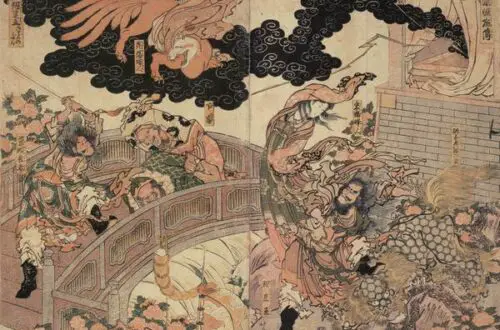
Yūrei: Everything About Japanese Ghosts
Japanese folklore is one of the richest among all countries and Yūrei (ghosts) are important figures in those myriad folk tales. From ancient periods to modern times, Japanese myth, literature, art, and theater are rife with references to numerous supernatural figures, monsters, and spirits.
From the sheer variations, it seems that Japanese people have ventured out into distant dark places and turned over every dubious stone in a godforsaken temple in search of ghost stories. And the stories are good enough to give you a little shiver or make you feel sorry for the wretched souls. Also, the stories of dead lovers and bereaved mothers returning from the grave will melt your heart too.
Quick Navigation
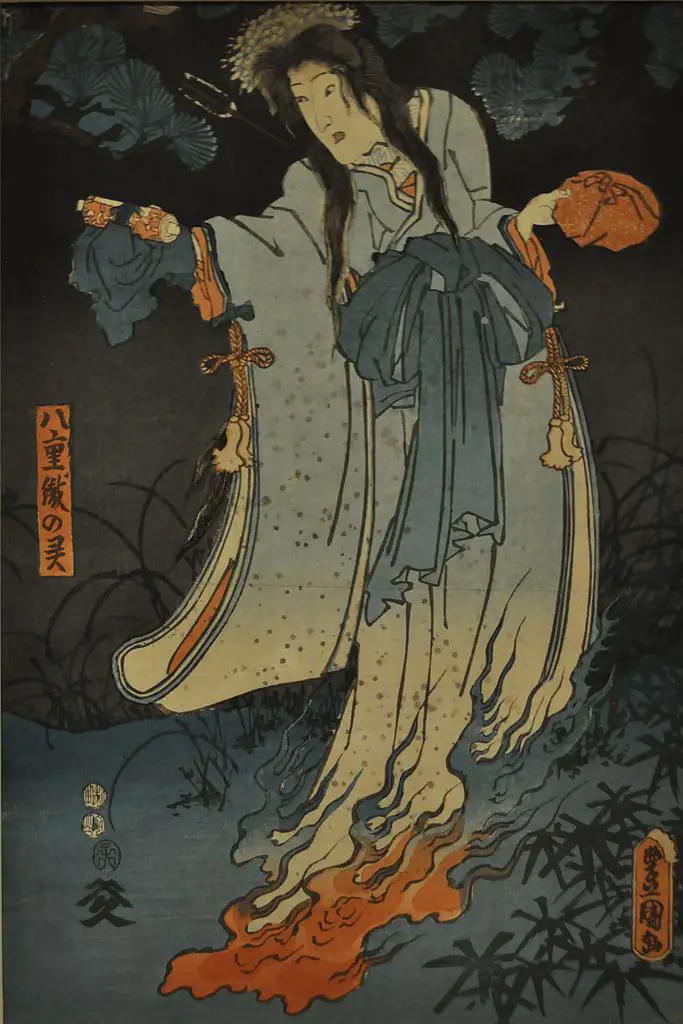
What Is Yūrei?
Yūrei refers to spirits that have not gone through the afterlife transition due to the injustice they suffered in life or being subject to powerful emotions such as hatred, jealousy, and love. Some spirits could be earthbound too because of an unfulfilled commitment.
Like their Western and Chinese equivalents, they are deprived of a peaceful afterlife. However, all Japanese ghosts are not driven by revenge. You will find sorrowful souls that have stuck in their past sad life on the earth.
Based on traditional Japanese beliefs, human beings have a reikon (soul or spirit) that enters a purgatory when the person dies. It transforms into a yūrei and bridges the gap between the purgatory and the living world if the death is unnatural or due to negligence in the post-funeral rites. The same can happen if the person was engulfed with strong emotions when dying.
Resolving the emotional conflict or performing the missing rituals is the only way to put a yūrei to rest. Doing so allows it to join its ancestors. It’s believed that a reikon visits the living family in August during the Obon Festival.
Appearance, Haunting Time, and Exorcism of Yūrei
Out of all the supernatural creatures in Japanese mythology, yūrei are the ones to have a distinct getup and a preferred haunting time.
All these ghosts wear white clothing (refers to the white burial dress in traditional funeral rituals) and some of them may have a hitaikakushi (a small triangular white forehead cover).
They have long unkempt black hair and listless dangling hands with no legs and feet. They float in the air and leave hitodama (floating flames) on their trail.
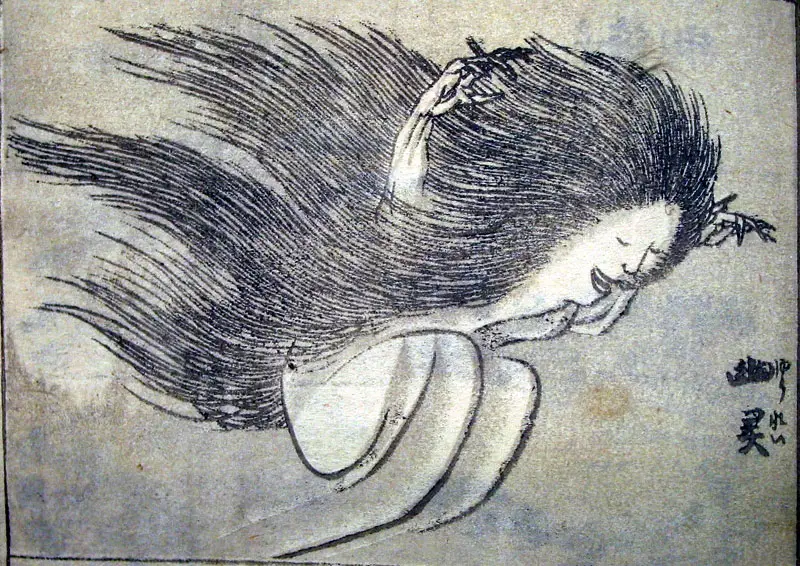
Yūrei’s favorite haunting time is between 2:00 am and 2:30 am, which is around midtime in the hour of the Ox (an old time-indicating system in Japan and China). This is a scary time of the night when the veils between the worlds of the dead and living are the most fragile. These ghosts are not only time-bound, but their activities are limited to particular locations too.
What can you do to exorcise a yūrei? Well, you cannot destroy it but can only appease it to be placated. All ghosts are driven by a desire or passion and they can be sent back to the afterlife by satiating that desire. Priests and hermits can do this by performing some specific rituals.
Types of Yūrei
All Japanese ghosts are known as yūrei, but you can classify into several types depending on how they had died or the kind of wrongful deed had been done to them.
Onryō

Driven by vengeance, these wrathful spirits are the most dangerous of all types. They can injure or kill their enemies and are powerful enough to trigger natural disasters to avenge the wrongs that had been done to them.
Goryō
Similar to onryō, but these ghosts belonged to the aristocratic class and were martyred instead of committing suicide or being murdered. They are capable of causing natural disasters and destroying crops. Only a yamabushi (an ascetic mountain hermit) can pacify them by performing some specific rites.
Ubume

The ghost of a mother who had an infant or died in childbirth. These are earthbound yūrei that return frequently to take care of their children.
Funayūrei

Translated as “boat spirits”, these ghosts are a kind of onryō (vengeful ghosts) that died at sea. They can look like a mermaid or merman, and some artists have portrayed them as scaly fish-like humanoids.
Zashiki-warashi
Ghosts of children who live in zashiki (storeroom). They are mischievous spirits that perform pranks on people. According to popular beliefs, seeing them means being blessed with good fortune.
Fuyūrei (floating spirits)
Unlike other yūrei types, these spirits don’t get driven by the desire to fulfill a purpose. They just wander around by floating in the air.
Jibakurei (earth-bound spirits)
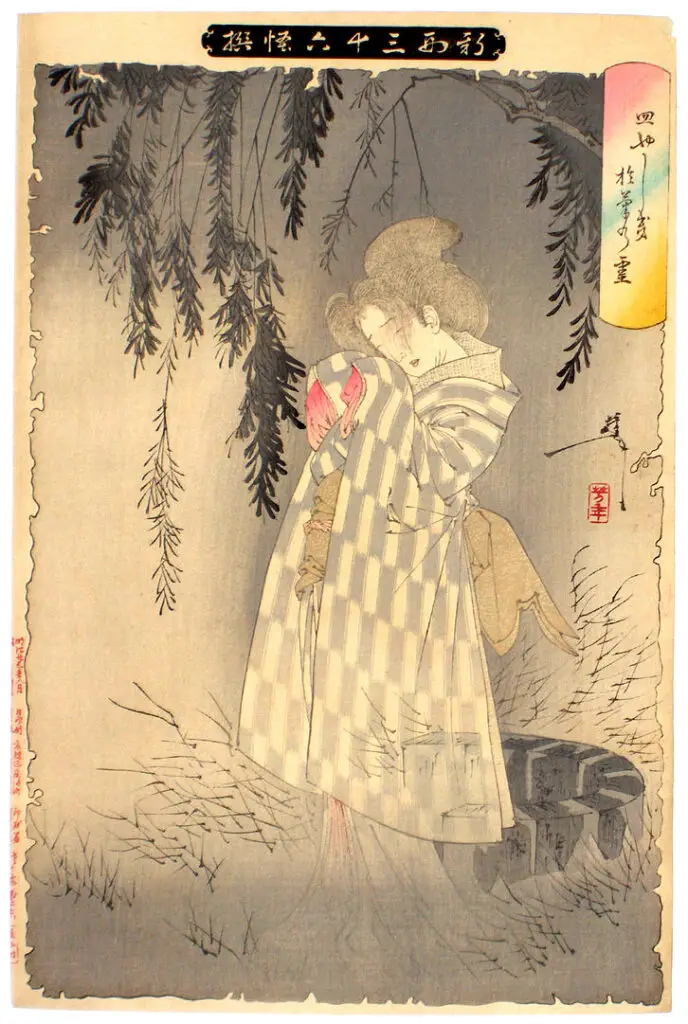
These rare spirits are similar to fuyūrei but bound to particular circumstances or places. Jibakurei appears in its place of death because of being the victim of wrongdoings or bearing hatred towards someone. Himeji Castle’s ghost is a famous example of this type.
Buddhist ghosts
Jikininki (corpse-eating spirits) and Gaki (hungry spirits) are two ghost types related to Buddhism. Jikininki are the spirits of cursed people and eat human corpses while Gaki are the spirits of greedy people and they have an insatiable hunger for a specific object.
Ikiryō (living ghosts)
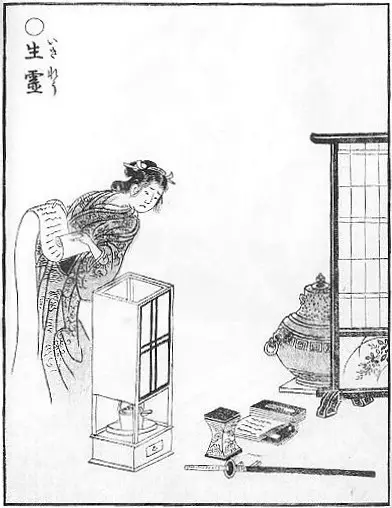
Living people possessed by an intense passion can release their spirit as ikiryō and haunt a specific place or people. Shiryō do the same, but these are the spirits of dead people. One example of ikiryō is Lady Rokujō from the novel The Tale of Genji.
A List of Known Yūrei
Oyuki’s Ghost
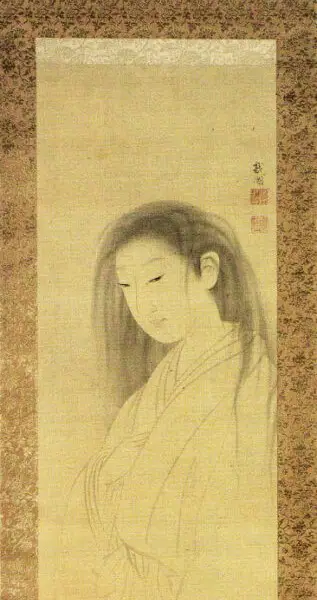
One of the most famous yūrei stories circulated from the Edo period is the tale of this beautiful geisha (female Japanese entertainers). She was a mistress of painter Maruyama Okyo and visited him once after her death. Being unable to get the vision out of his head, he then painted Oyuki’s portrait, which has become widely famous.
Yotsuya Kaidan

This is the tale of a betrayed woman Oiwa, the wife of a rōnin (masterless samurai) named Tamiya Iemon. Being enamored with another woman, he poisoned his wife, making her horribly disfigured. Oiwa died but kept haunting Iemon everywhere until his death.
The Ghost of Aizuwakamatsu

It’s the tale of a lady ghost that kept harassing a Japanese couple living in Aizuwakamatsu town. They had to move out of the house to get rid of the ghost. She seems unharmful though, as her main scaring tactic was caressing their legs.
Chikaramochi or the Strong Ghost
During the Empou period, a village woman had unnatural strength, equal to 4 or 5 grown men. After her death, she turned into a ghost and haunted her husband to death. From time to time, she then kept visiting the village people to frighten them.
The Black Hair
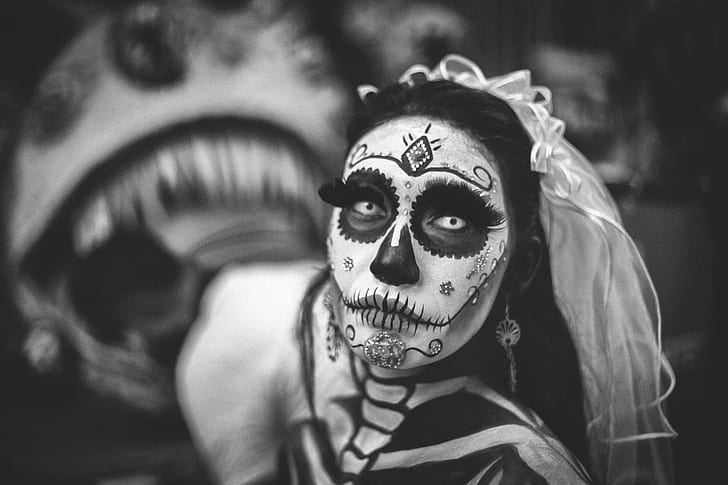
A story of heartbreak and longing. A samurai reunited with his wife many years after abandoning her for serving a lord. He went to sleep with her but found a skeleton with long black hair beside him in the morning. Asking the neighbors revealed that his wife had died the previous year after being heartbroken by his departure.
Genji Monogatari and Lady Rokujo
Lady Rokujo transformed into a living ghost when Genji left her for another woman, Lady Aoi. After causing the death of Aoi, Rokujo came to her senses and locked herself away. After her death, she continued tormenting Genji’s wife and female servants. At last, her daughter Akikonomu freed her spirit by performing memorial rituals.
The Night Weeping Rock
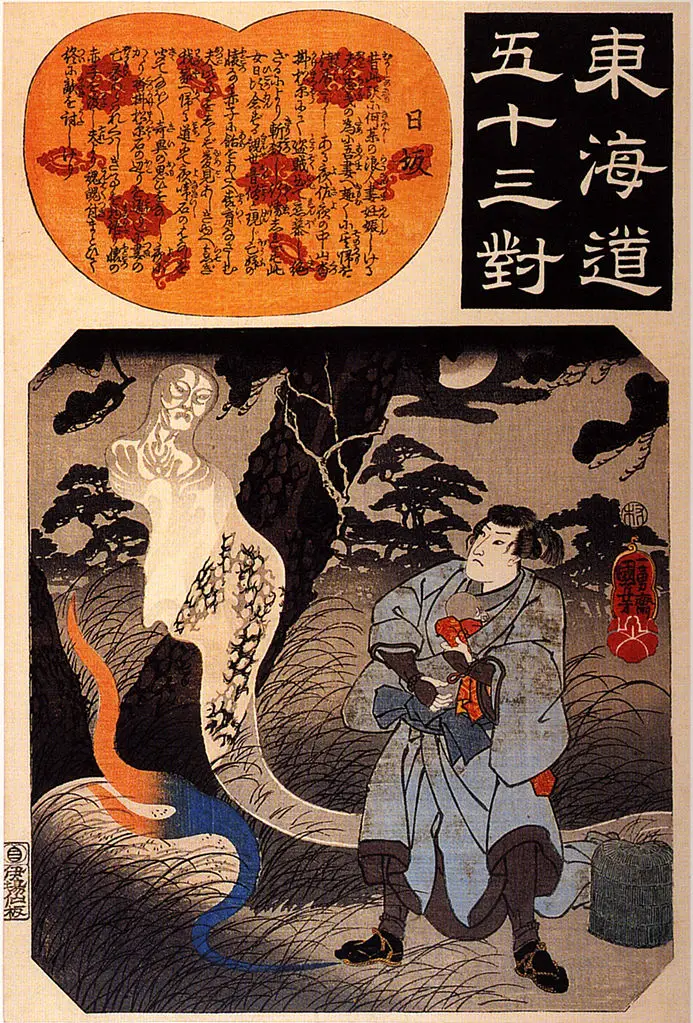
A yūrei can be trapped inside a lifeless object too, such as a rock. A pregnant woman got killed by a thief and her blood was spilled on a large rock near the mountain pass Sayo no Nakayama. Her spirit used to visit the rock and cry for her unborn baby until Kannon (the Goddess of Mercy) rescued the child, who later took the revenge of his mother’s death.
The Ghost of Okiku

One of the most widely circulated Japanese ghost stories. Working as a servant girl in Himeji Castle, Okiku was wrongly accused of losing one of the ten valuable plates of her master. He threw her into a well, making her poor soul loitering there, counting the plates over and over. Her shtick was an ear-piercing shriek that used to terrorize the people living in the castle until one Buddhist priest sated her.
The Peony Lantern

This story is about Otsuyu, one of Japan’s most famous female ghosts along with Okiku and Oiwa. A samurai named Ogiwara had fallen in love with this spirit when she posed as a beautiful woman carrying a peony lantern. He then followed her to the grave and embraced death despite discovering that she had died a long time ago.
Shichinin Dōgyō (the Seven Pilgrims)
No one can survive the encounter of this band of pilgrims, except for those who can wiggle their ears. If you cannot do that, look at them from between a cow’s legs to stay unharmed. Otherwise, you will not live to tell the tale of seeing the pilgrims. These ghosts are shiriyo (dead spirits) but they don’t follow the traditional traits and behaviors of Japanese yūrei.
The Yūrei Child

How about living with a ghost and having a child together? A man named Kenhei from the Edo period fell in love with a girl but could not keep his promise to marry her. Dead of heartbreak, that girl’s ghost appeared on his doorstep and he accepted her being unaware of her fate. After knowing the truth, Kenhei freed her spirit by performing proper funeral rituals. The child grew up to be a wise man.
The Smoking Husband
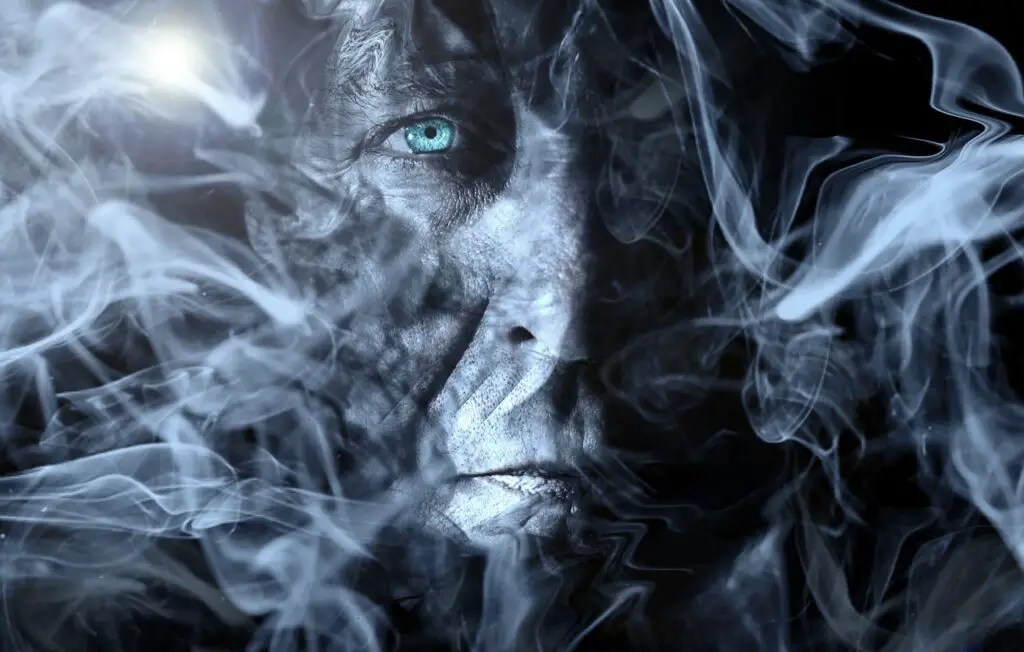
What will you do if your beloved husband comes back from the dead? The woman in this tale filled with fear and couldn’t move! She mourned for her dead husband for years until one day he came back and knocked on the door. But she shivered with fear after seeing smoke coming out of his hakama trousers. Being disappointed, his spirit then disappeared.
The Chrysanthemum Vow
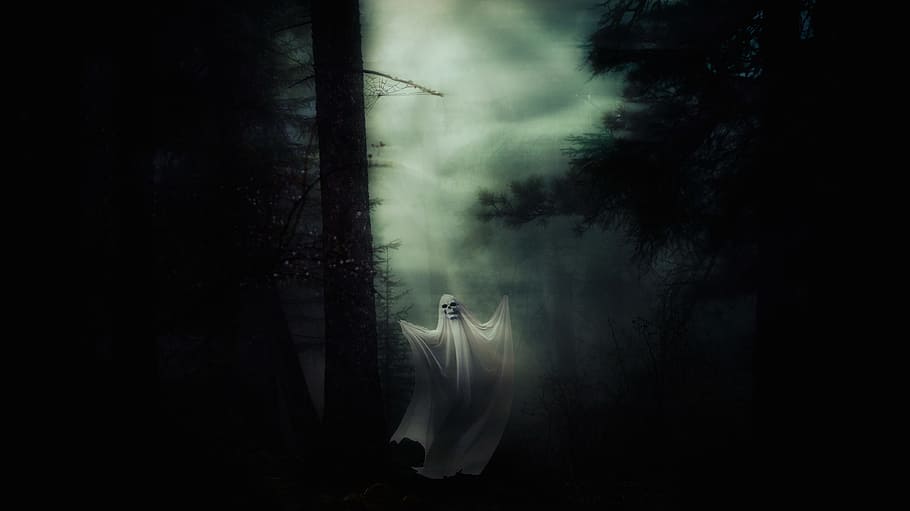
A story of two friends and keeping a vow. Akana Soemon promised his friend Hasebe Samon on September 9th, the day of the Chrysanthemum Festival. On that day, the Akana’s spirit visited Hasebe’s house and told him that he was arrested by an enemy and committed suicide so that his soul can visit Hasebe to keep the promise.
The Speaking Skull

A young monk named Manryo showed respect to a skull by burying it away from the trampling feet of travelers. The skull belonged to a man murdered by his brother. His spirit appeared before the monk and told him the ways to appease his wronged soul.
Hidarugami (Hunger Gods)
These are the spirit of people who had starved to death on mountain trails and passes. These evil ghosts attack wandering travelers to make them feel the agony of starvation. So, next time you feel a sudden hunger while on a mountain trail, be careful. It could be a hidarugami!
Heike Ichizoku no Onryo
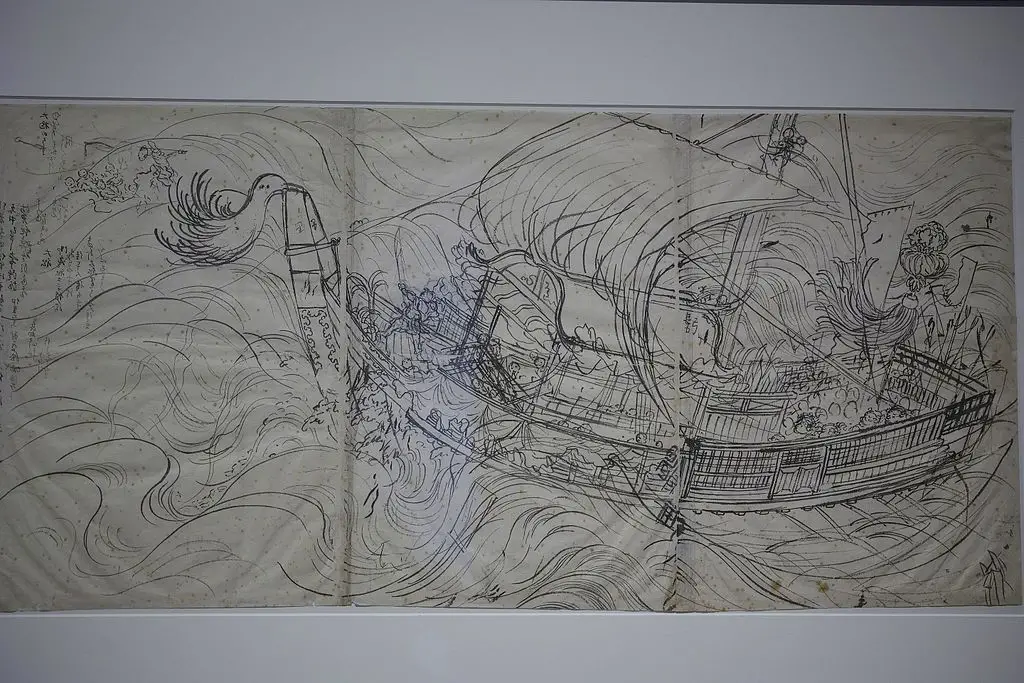
A famous story about the vengeful ghosts of the Heike Clan. When Minamoto no Yoshitsune was fleeing from his brother, his ship came under the attack of the ghosts of the Heike clan, whom Yoshitsune had defeated recently. Yoshitsune and his crew survived from these ghosts because of the earnest prayer of his retainer, the warrior-monk Musashibo Benkei.
Goze no Yurei

This story from the Kyoho era (1716-1736) is about a blind female musician and her treacherous samurai lover, Hotsumi Kanji. After discovering that the musician is ugly, Kanji killed her by pushing from a mountain. But she returned as a spirit and took her revenge by dragging him into her grave.
Ubagabi (Old Hag of Fire)
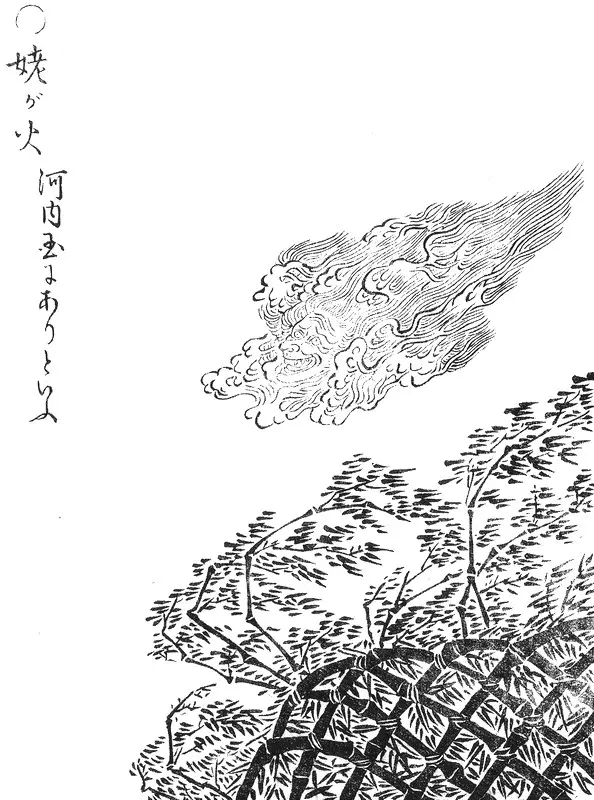
This yūrei is nothing but a ball of flame featuring the face of an old woman. According to legends, the spirit belonged to an old woman who used to steal lamp oil from the Hiroka Shrine. After being caught, she committed suicide out of humiliation and turned into an ubagabi.
Yūrei in Popular Culture
Japanese art and literature have always been infested with ghost stories. Modern pop culture has carried that haunted heritage in successful anime, movies, manga (comics), and video game adaptations.
You will find yūrei stories in various art forms, including Noh theater and bunraku (puppet theater). But the genre just flourished in pop culture after WWII, making supernatural and horror highly popular categories in the Japanese movie industry.
A ghost story, Yotsuya Kaidan, is particularly popular in this regard. Movie-makers had adapted it around 20 times between 1912 and 1937. But a 1959 film, The Ghost of Yotsuya, did justice to the tale by depicting its finest retelling.
There are popular and commercially successful scare flicks that have adapted classic yūrei themes. For example, the 1998 horror movie Ringu was so successful that a Hollywood remake, The Ring, followed four years later along with several Japanese horror films.
Loads of anime are there too that tell classic and futuristic stories based on the typical yūrei tradition. For example, popular anime series, such as Mononoke, Tokyo Ghoul, Parasyte, and more, have used ghost themes.
Artists have adapted the ghost themes in numerous manga books, which have roots dated back to the 12th century. Some of the most familiar titles are Death Note, Uzumaki, Soul Eater, and many more.
Many video games have also based the plot on yūrei themes along with innovative, modern twists. A few most famous titles are Fatal Frame, Siren: Blood Curse, and Calling: Kuroki Chakushin.
The Origin of Yūrei
Apart from representation in art forms, ghosts were once vital parts of religion and politics in Japan. In fact, the government during the Heian period (from 794 to 1185) had to promote the practitioners of Goryō Shinko (the Religion of Ghosts).
During the old times, people used to blame natural calamities and unnatural deaths on ghosts. Roots of yūrei go back to the Ainu indigenous group, remnants of the Jomon-jin or a group of nomadic people that lived in Japan from 14,500 BC to 300 AD.
The Ainu people believed in takup (the spirit form of a person’s evil side) who would appear in people’s dreams. The notion of kami (spirits of holy powers) is integral to the Shinto religion. According to Shintoism, kami manifest themselves in inanimate natural objects.
Buddhism also brought numerous stories of ghosts and goblins from China to Japan. However, the spirits in this religion are personifications of impulses and sins that prevent people from achieving Nirvana.

Japanese literature is also bursting with ghost stories. These two 12th-century literary writing pieces, Genji Monogatari (The Tale of Genji) and Konjaku Monogatari (Tales of Times Now Past), have numerous yūrei tales.
Ueda Akinari later retold traditional supernatural stories and tales from Konjaku Monogatari in Ugetsu Monogatari (Tales of Moonlight and Rain). This great literary work from 1776 is an important addition to the literature world.




